Steph W. from SEOPressor


...help you check your website and tell you exactly how to rank higher?


70
score %
SEO Score

Found us from search engine?
We rank high, you can too.
SEOPressor helps you to optimize your on-page SEO for higher & improved search ranking.
By winniewong on August 3, 2015

Keywords, keywords, keywords. I bet you hear about it all the time!
If you’re doing content marketing, or are just about to start, I’m sure you’ll be using some of those profitable keywords for optimizing your content.
After all, integrating keywords into your website content is still one of the most applied SEO strategies for getting found and ranked on Google.
Well, in today’s article, I would like to talk a little bit on keyword density.
Basically, it refers to the percentage of times your keyword or phrase appears on your individual web page.

Here is the formula on how to calculate your keyword density.
For example, say you have an article of 1000 words and you want to achieve a keyword density of two percent. That means that for every 100 words, your keyword needs to appear at least twice (2 out of 100 words).
If I had a dollar for every time I heard that question!
Anyway, like what Matt Cutts has mentioned in the video below, there is no one-size fits it all technique or an ideal percentage that works for everybody.
Furthermore, in this video he has clearly mentioned that the presence of the keyword in your content for the first or second time can be helpful because it will somehow help you with your ranking, and your readers can search for you using that particular keyword.
However, if you keep reusing your keyword like 7 or 8 times within a short span (say the same word appears 8 times out of every 25 words for example, and that’s a lot!), it may look extremely unnatural to your readers.
Hence, your content may appear awfully unreadable for most of your readers and they will just leave your site and most probably never return.
You see, keywords are not nearly as powerful as they once were. Back in the Internet’s wild west days, websites would pack their content with keywords to artificially boost their search rankings, and that tactic is commonly known as keyword stuffing.

This is an example of keyword stuffing.
Anyway, the use of keywords is still considered very important and still has its place in content marketing today. Which is why it is always feasible to use those keywords only sparingly, and don’t overuse it as you may end up hurting your website.
Although Google is putting less emphasis on the use of keywords as an important ranking factor, that doesn’t mean that you should totally ignore using any keywords in your content.
What Google wants now is that they want you to write quality content that can answer your readers’ needs.
Over the years, Google’s algorithm has gotten smarter and smarter, to the point where its search engine can do a much better job of understanding what your user search intent is all about.
Not only can it track the keywords within your content, but it can also look for LSI keywords (a.k.a. semantically related keywords) in order to understand the context of your content better.
First of all, always remember that keyword density is something that is essential for your page ranking. However, it should never be just your main focus.
Take for example, if you are writing an article about apple pie, you may want to consider adding that keyword “apple pie” into your title and you may need to have a few of those keywords “apple pie” in your entire content.
Without it, your content will look incredibly vague to Google and you will not be ranked correctly. Hence your readers will not be able to search for your content.
Secondly, you may consider replacing some of your keywords with LSI keywords.
For example, let’s say you are writing the same article about apple pie. You may want to use certain LSI keywords like recipe tips, bon appetit, homemade recipe, dessert and etc.
Hopefully by now, you should have a better idea of what keyword density is and why you should pay attention to it.
You should always bear in mind that good and relevant keywords should come naturally when writing for your piece of content.
Always remember, you shouldn’t think of keywords as a way to rank for your individual web page. Just think of it as a way to tell Google what your content is all about.
So let’s us take a look at some of the areas where you can insert your keyword naturally:
Blog URL – The URL of your blog posts is the first thing that Google’s algorithm will scan, which means that you’ll want to make sure your keyword appears there so that Google will be given an indicator of what your blog post is about right away. It’s also quite helpful for users that are browsing through the search engine results to their query.
Example 1:
![]()
Example 2:
![]()
Blog Post Title – The keyword you are using should be relevant to the subject of your blog post, which means that it should appear in the title as well.
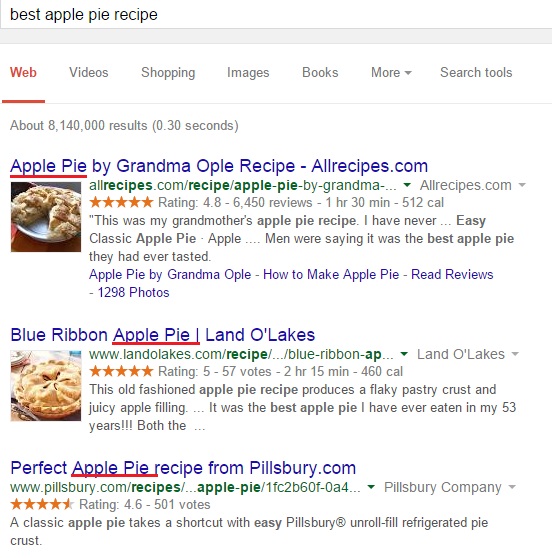
Blog Post – For the most part, your use of keywords should come naturally as you write your blog post. However, the two places where your keyword should definitely show up is in the opening and closing paragraphs of your blog posts since these are generally the introduction and conclusion of your blog post’s subject.
For example, this article was written by me – 6 Simple Steps to Run Your Backlink Analysis. Please take note that you should at least use some of your keywords at the introduction or at the conclusion paragraph.
At the beginning introduction.

At the conclusion paragraph.

Image ALT Tags – Bloggers often forget to use keywords in the ALT tags of any images that they post as part of their blog posts. You need to add keywords to the ALT tags so that Google can recognize what the content of the image is.

Anchor Text of Your Backlink – This is a little bit of a challenge and it doesn’t really count towards your keyword density since this is off-page. Think of it as keyword proximity.
When you earn external links, you’ll want all the websites that are linking to your content to be using the appropriate keywords in their anchor text.
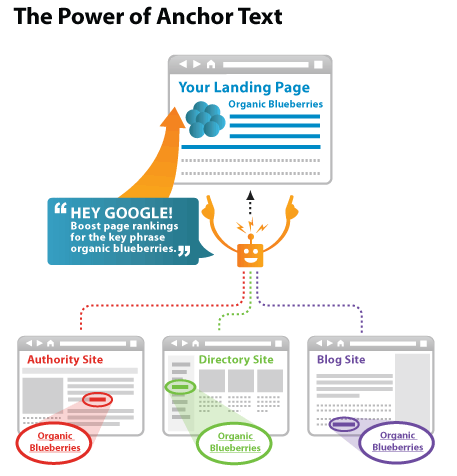
This will help strengthen the link juice and will most certainly help Google recognize your content and to view it more favorably.
Anchor Text of Your Internal Link – This refers to any links that you include in your content. Google will see that you are offering readers additional sources that are relevant to your content due to the use of your keywords in your anchor text.
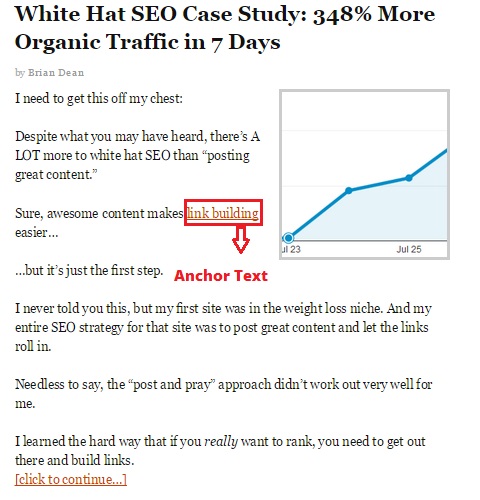
Always remember to select your keyword carefully as it will act as good anchor text and will help your readers to navigate around your internal pages properly.
Choose the right keyword – Make sure you choose the right keyword at all times so that it will tell Google what your content is all about, so that your content will be able to rank correctly. A wrong choice of keyword will just end up delivering your content to the wrong group of readers.
Strengthen the weight of your keywords by using LSI keywords – If you choose something broad, like “apples,” then instead of just using apples alone throughout the whole article, you need to consider including some of the other related keywords such as LSI keywords “apple orchards” , “granny smith apple”, “organic fruit” and etc.
You may want to try out this new LSI Keyword Generator tool to generate more LSI Keywords for your content.
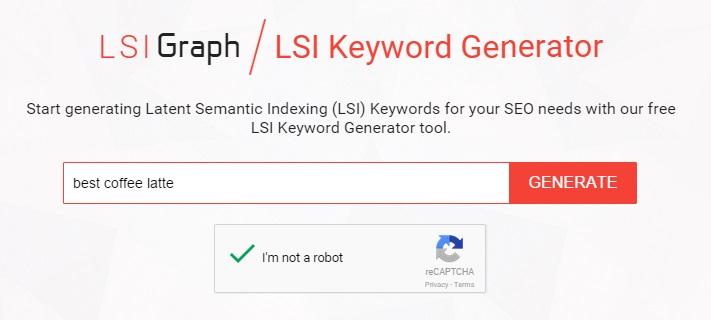
LSI Keyword Generator Tool
Use keyword in title and headings – Make sure you use the right targeted keywords in your title and headings as this will help Google to better scan your content and understand what your content is about. This in turn enables Google to return the results to your readers faster. But make sure you don’t use the keyword in all of the headings – H2, H3, H4 and etc. (Use it sparingly and judiciously)
Take note of the keyword density. Say you are using a WordPress Plugin like SEOPressor to optimize your content. There is an indicator that will calculate the keyword density for you from time to time without having you to calculate it manually. The calculation will help ease your optimization workload faster and better.
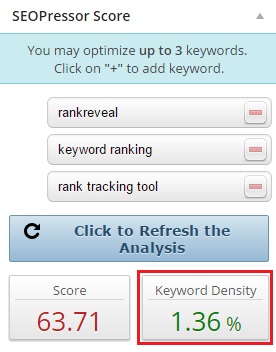
SEOPressor will automatically calculate the keyword density score for you.
Use keyword at the beginning and at the last paragraph of your article – This will help Google scan your article faster.
Increase your density by including the keyword in your image ALT Tag, description or caption.
Choose the appropriate anchor text for all your internal linking – Choose the right keyword and use it as your anchor text. This will help your readers to navigate between your pages easier and faster.
Use long-tail keywords instead of short-tail keywords to maximize your exposure – This is to ensure that you produce better personalized content that is specifically aimed at targeting your intended audience.
Well, these are just some of the best practices shown above about how you can achieve optimum keyword density for your pages.
As I’ve mentioned earlier, don’t focus so much on filling up your content with all of the possible keywords as Google will see it as keyword stuffing and this in turn will give a very bad user experience for your audience.
Always remember that the key to your successful content marketing strategy is to always have the best interest of your target audience at heart.
Write to them as if you are writing a letter to your loved ones – which is to say you understand their needs and your writing will benefit them – and use only words that resonate with them and which they can easily relate to…
Once you have achieved that then the number of visitors and readers to your pages and sites will only grow and grow.
Updated: 17 July 2025


Save thousands of dollars (it’s 100x cheaper)

Zero risk of Google penalty (it’s Google-approved)

Boost your rankings (proven by case studies)
Rank High With This Link Strategy
Precise, Simplified, Fast Internal Linking.
